The boiler for espresso machine is a crucial component that has a direct impact on the quality of the espresso brewed. If you are an avid coffee enthusiast or barista, understanding how the boiler works and its importance is essential.
Boiler for espresso machines are responsible for heating the water to the correct temperature required for brewing espresso. They also generate the steam needed for frothing milk in beverages like cappuccinos and lattes. There are different types of boilers, each with its own set of advantages and disadvantages.
| Specifikationsparameter | Detalj | Anmärkning | ||
| Mantelmaterial | SUS304 | Materials can be changed to be copper,sus321,sus316L,incoloy804, incoloy800 enligt begäran | ||
| Spänning/watt | 230V/630W | Spänning/Watt/Tolerans kan anpassas efter behov,och Watt-tolerans(kallt tillstånd)+5%-10% | ||
| Diameter på rör | 6.8mm | Tube diameter can be changed to 6.6mm,7mm,8.0mm,8.5mm,10mm or other as requested | ||
| Motståndspulver | Magnesiumoxid | Vi kan använda annat pulver om så önskas | ||
| Motståndstråd | Ni80Cr20 | Ocr25Al5 eller annat material om så önskas | ||
| Faston terminal | Nickelpläterat järn | Materialet i terminalhuset kan vara rostfritt järn,rostfritt stål vid behov | ||
| Leder | Rostfritt stål | Materialet i anslutningsstycket kan vara rostfritt järn,rostfritt stål vid behov | ||
| Form | som krav | |||
Types of boiler for espresso machine
Single Boiler
A single boiler is the most basic type of espresso machine boiler. It heats the water for both brewing espresso and generating steam. The drawback is that it cannot do both simultaneously. You need to switch between brewing and steaming modes, which may be time-consuming and inconvenient. Single boilers are often found in entry-level machines and are suitable for those who do not make milk-based drinks frequently.
Double Boiler
Double boilers have two separate boilers: one for brewing and one for steaming. This setup allows for simultaneous brewing and steaming, which is convenient and can save time, especially in a commercial setting or for those who make a lot of milk-based drinks. Double boilers offer more control over the brewing process, as the temperature for brewing and steaming can be adjusted independently.
Heat Exchanger
Heat exchanger boilers have a single boiler with a separate tube running through it. This tube provides water for brewing, while the main boiler heats water for steaming. This design allows for simultaneous brewing and steaming, much like a double boiler. Dock, the main boiler must be at steam temperature, which might not always be ideal for brewing.
Thermoblock
Thermoblocks are not traditional boilers, but they provide hot water on-demand by heating water as it passes through a heated block of metal. This system heats up quickly and is often found in lower-end or more affordable machines. Thermoblocks don’t offer as much temperature stability as traditional boilers, which can affect the consistency of the espresso.

Importance of the Boiler
Temperature Stability
One of the critical factors in brewing a good espresso is maintaining a consistent temperature. Boilers are designed to keep water at the right temperature to extract the flavors from the coffee grounds without burning them. Temperature fluctuations can result in sour or bitter espresso, so a stable boiler is key.
Steam Generation
For frothing milk, a boiler needs to produce a steady stream of steam. This is where the power and efficiency of the boiler come into play. A robust boiler can produce enough steam to create the microfoam required for latte art and creamy cappuccinos.
Build Quality
The material and construction of a boiler can affect its performance and longevity. Boilers made from stainless steel or brass are more durable and provide better thermal stability compared to aluminum. High-quality boilers can make a significant difference in the overall taste and experience of your espresso.
Energy Efficiency
Boilers play a role in the energy efficiency of an espresso machine. Machines with well-insulated boilers retain heat better and consume less energy. This is particularly important in commercial settings where machines are used continuously throughout the day.
Conclusion
The boiler is the heart of an espresso machine, playing a vital role in determining the quality of the espresso and the efficiency of the machine. Whether it’s a single boiler, double boiler, heat exchanger, or thermoblock, understanding the characteristics and capabilities of each type can help you choose the right espresso machine for your needs. Temperature stability, steam generation, build quality, and energy efficiency are all factors that should be considered. By understanding the intricacies of the boiler, you can better appreciate the art and science that go into brewing the perfect cup of espresso.

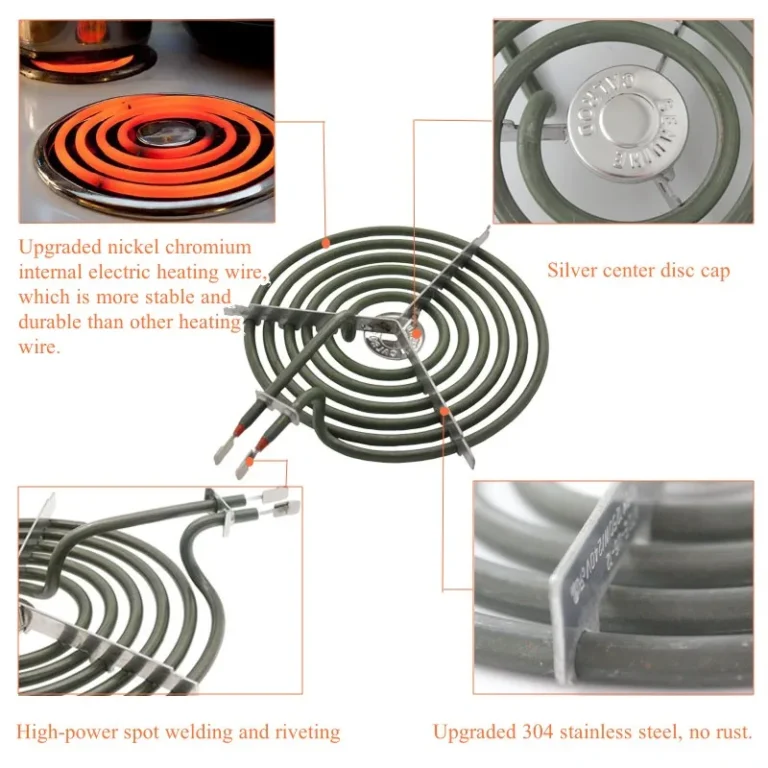
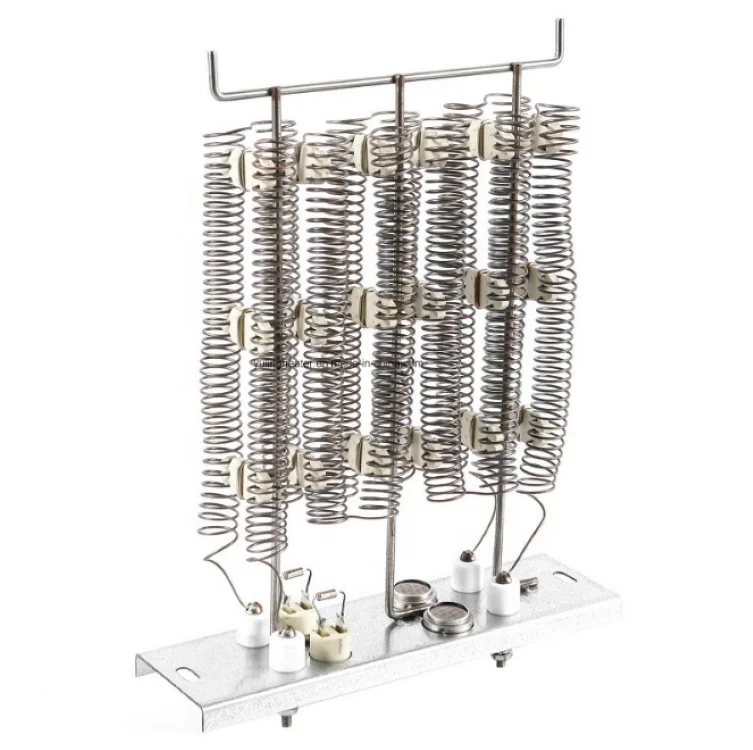
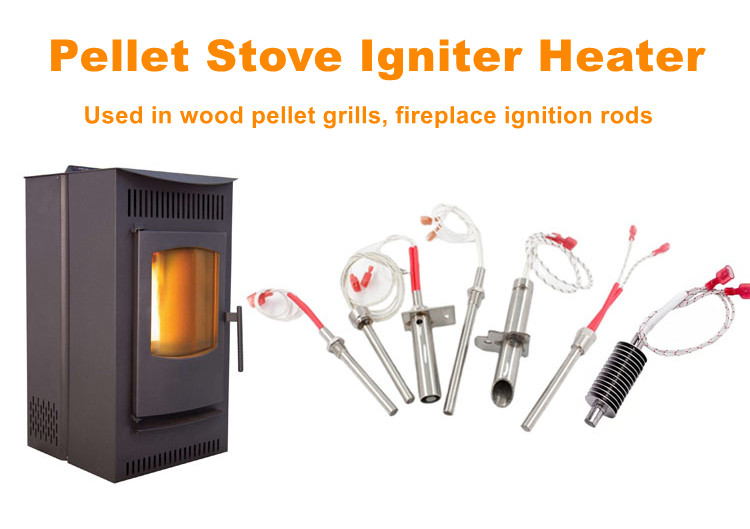
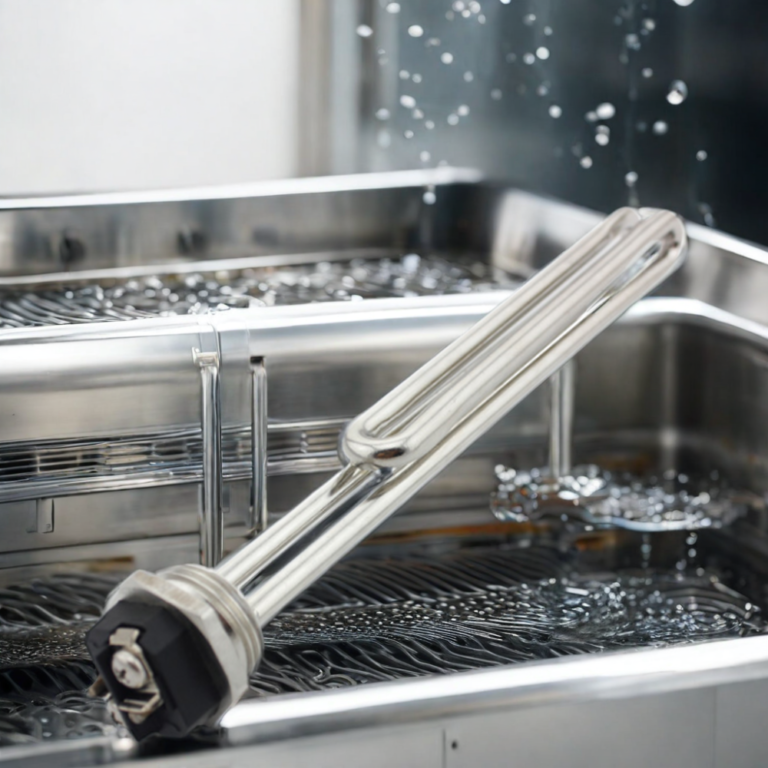
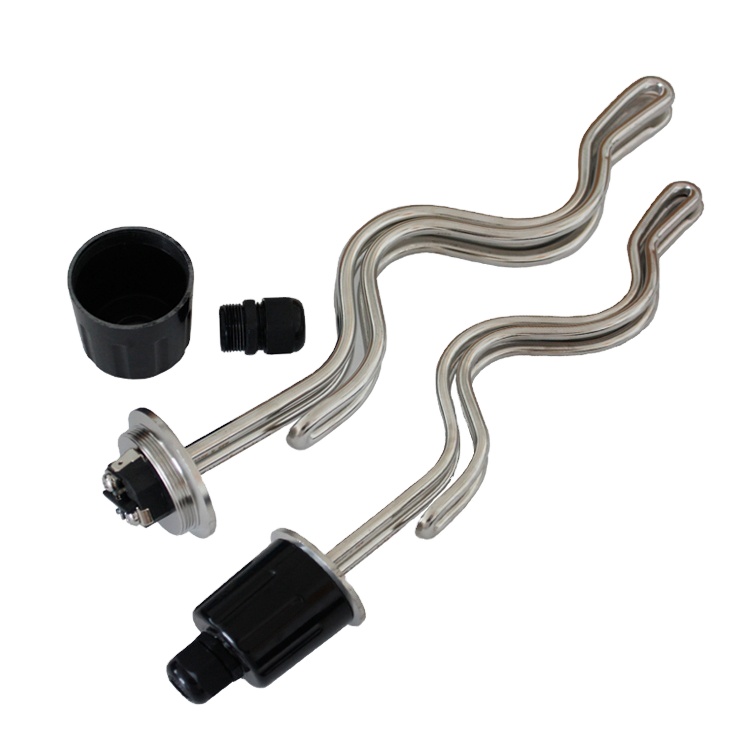
Whether you want a quick espresso or a leisurely latte, this boiler coffee machine handles everything with ease. My customers love it!
This boiler coffee machine is worth every penny. The superior brewing performance has made it a best seller in our international markets.
I can’t imagine going back to a thermoblock coffee machine after experiencing the boiler version. The taste and quality are just superior.
Our coffee shop customers have noticed the difference since we started using this boiler coffee machine. It’s a huge hit and has boosted our sales!